‘Be still. Be silent. Listen and learn. Be respectful of the important people who once lived here. They were important, proper people and more important than you. So act accordingly.’ This statement summarises what Franklin Vagnone and Deborah Ryan argue is the problem with American historic house museums, which a little bit of their ‘anarchy’ will redress.
Their Anarchist’s Guide to Historic House Museums is, as the title suggests, self-consciously provocative. Encased in covers that represent old, flaking parchment, but bear the tiny emblem of a lit bomb, the Anarchist’s Guide clearly sees itself as a live grenade thrown at the historic house museums (or HHMs, in the authors’ abbreviation) of America. What Vagnone and Ryan call the ‘sleepiest corner of the museum world’ has, according to them, little interest in its audiences and communities, as opposed to its lovingly preserved buildings and collections. They argue forcefully that funds are lavished on the latter at the expense of the former, leading house museums to become propagandic, irrelevant, boring, narrow, and unfeasibly expensive.
Both authors have considerable professional experience in the field: Vagnone was until recently the executive director of the Historic House Trust of New York and before that head of the Philadelphia Society for the Preservation of Landmarks; Ryan is an associate professor of architecture and urban planning. Their conclusions certainly seem incendiary and are also formed, in part, by their personal experiences. Vagnone, for instance, narrates a visit with his daughter to one house museum, where taking a silly snap in front of an amusing family portrait was rewarded with oppressive treatment by the docent. In fact, docents – seen as the inflexible force behind so many static museum tours – come in for particular criticism. Yet, they are also a resource for change, since they already possess the affection for the house that visitors need to feel. Ryan tells a more personal story, recounting childhood memories of her grandmother’s house in Philadelphia and its connection to the community.
People and storytelling are at the heart of Vagnone and Ryan’s quest to save the house museum. Their book, they claim, is ‘equal parts manifesto, guidebook, and laboratory of ideas’, and is intended to be a work in progress. They propose five categories for making house museums focus more on their audience: community, communication, experience, collections/environment, and shelter. Each category is broken down into a series of ‘markings’ against which to evaluate current practice, consisting of a set of proposed ‘missions’, introduced by a ‘rant’, backed up by ‘evidence’, and followed by a ‘therefore’ of what to change.
Vagnone and Ryan’s suggestions have been shaped by group research and discussion, especially via social media, and the examples of workshops with willing house museums breathe welcome life into the authors’ series of imperatives. (The latter are all usefully bite-size, but can feel rather didactic.) The two appendices give a useful outline of the authors’ research methods, and a graphic chart of the markings. I particularly enjoyed the ‘Anarchist tags’ that visitors were encouraged to drop with comments at any point in a house museum that they felt could be improved. There is nevertheless a sense in which the book feels a victim of the troubles that it criticises: it is encased in a printed form (perhaps to meet the expectations of an HHM docent), but is much more suited to the fluid nature of online presentation and discussion.
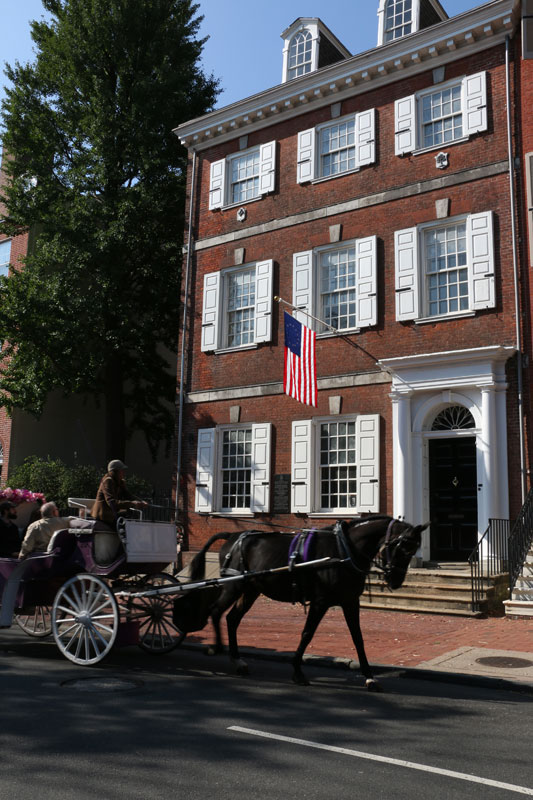
Powel House in Philadelphia, built in 1765. Image courtesy The Philadelphia Society for the Preservation of Landmarks. Photo: Christina Simeone
As someone who works in museums and heritate, I feel duly chastened by their rants, yet the picture that Vagnone and Ryan paint is fortunately not one that I recognise in the UK sector. With diminishing funding and increasingly vocal audiences, we came to many of the authors’ conclusions some time ago. (Historic Royal Palaces are an oft-cited example of an interpretive approach that seeks to give visitors a more immersive experience.) A sensitive approach to historic objects and building, which values both preservation and accessibility has, likewise, long been negotiated by conservators and curators; it is not a new (or uncomplicated) idea that contemporary art can bring fresh perspectives to a heritage environment. Equally, Vagnone and Ryan’s example of a UK house museum that American professionals should emulate – Dennis Severs’ House in Spitalfields, London – is not one that I would see as much more widely applicable.
Yet, at a time when the UK government’s new Culture White Paper emphasises the importance of universal access to arts and culture, the Anarchist’s Guide is a timely reminder to think long and hard about what and who museums are for, and about what expertise this requires. Connoisseurship alone does not a great museum make. It is the careful balance of objects, buildings, and people that brings it to life.
Anarchist’s Guide to Historic House Museums, by Franklin D. Vagnone and Deborah E. Ryan, is published by Left Coast Press, Inc.
From the May issue of Apollo: preview and subscribe here
Unlimited access from just $16 every 3 months
Subscribe to get unlimited and exclusive access to the top art stories, interviews and exhibition reviews.

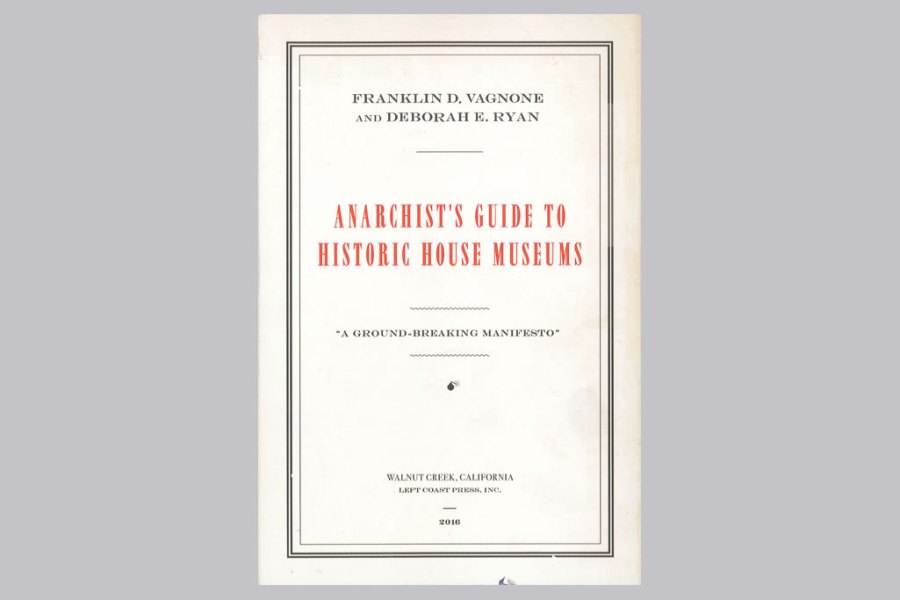
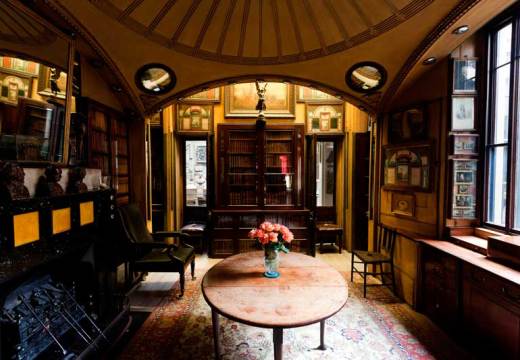
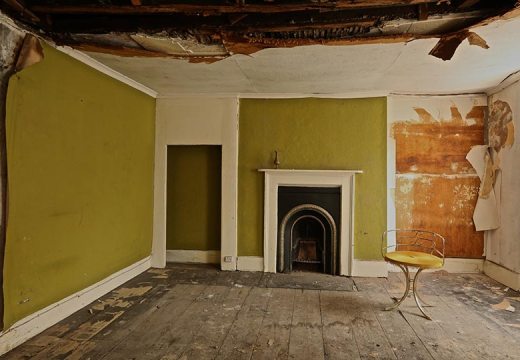
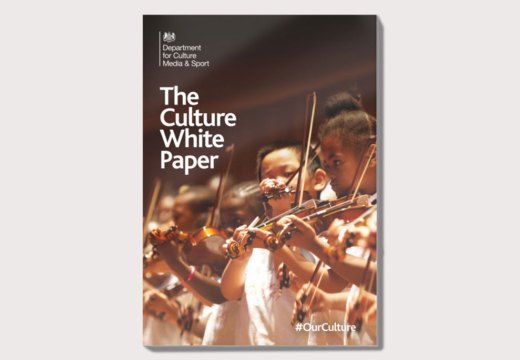









![Masterpiece [Re]discovery 2022. Photo: Ben Fisher Photography, courtesy of Masterpiece London](http://www.apollo-magazine.com/wp-content/uploads/2022/07/MPL2022_4263.jpg)
Why are fathers so absent from art history?